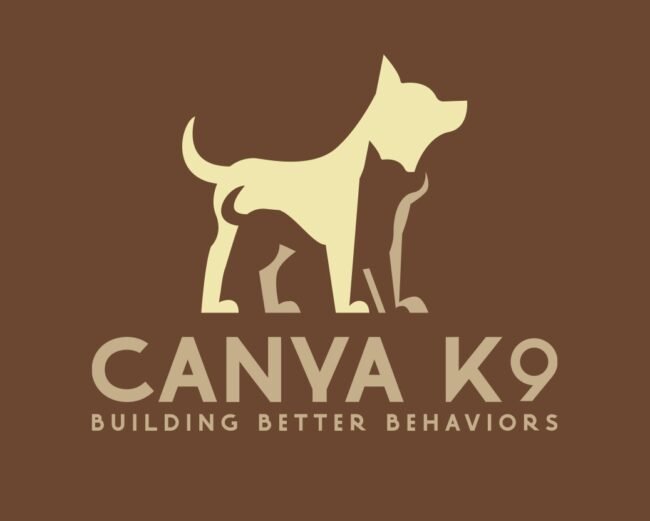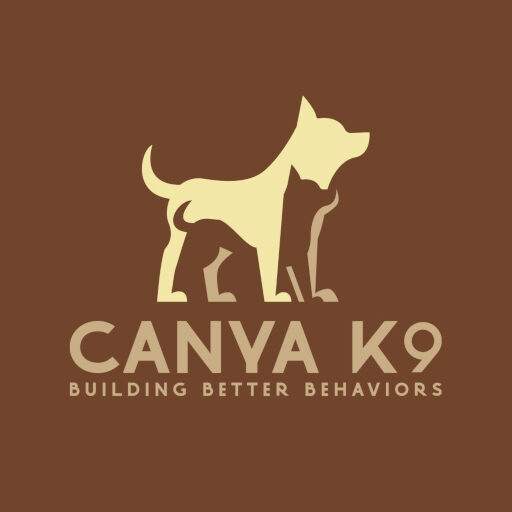The 3 D’s for obedience part 1: Duration
When it comes to dog training, many pet owners celebrate the moment their dog learns to “sit” or “down” — and rightfully so! But there’s another crucial part of obedience that’s often overlooked: duration. Teaching your dog to hold a command, not just perform it for a second, is what truly builds reliability and control.

What Is Duration?
Duration refers to how long your dog can maintain a specific command (like “sit,” “down,” or “place”) before being released. It’s not just about doing the behavior — it’s about staying in it, even if we ask for it for an extended amount of time.
These are real-life situations where duration takes your dog’s obedience from “cute trick” to functional behavior.
Why Is Building Duration So Important?
- Creates reliability: A dog that can hold a command is more trustworthy in public or high-stimulation environments.
- Improves impulse control: Holding a position teaches patience and reinforces calm behavior.
- Helps with behavior issues: Many common problems (jumping, rushing doors, leash pulling) can be reduced by reinforcing solid stays and place commands.
- Builds confidence: Dogs feel more secure when they know what’s expected and can calmly stay in a controlled state.
🛠️ How to Build Duration (Step-by-Step)
1. Start Small
Begin in a low-distraction environment. Ask for a command (like “down”) and reward your dog after just 1–2 seconds of holding it.
2. Use a Release Word
Mark the end of the command with a consistent release cue like “free,” “okay,” or “break.” Your dog needs to learn that the command isn’t over until you say it is.
3. Gradually Increase Time
Add a few seconds each session. Go from 3 seconds… to 5… to 10… and so on. Don’t jump from 5 seconds to 5 minutes — slow progress builds strong foundations.
4. Add Duration
Once your dog can hold position for 30–60 seconds, start stepping away, then walking around them, then adding distractions like toys or noises.
5. Reward Strategically
Give treats during the hold (especially early on) and throw a mini party when the release word is given. Reinforcement keeps them motivated and engaged.
6. Keep Sessions Short & Positive
2–5 minutes per session is plenty, especially for younger or excitable dogs. End on a high note with success!
🐶 Real-Life Wins
Imagine this: You’re having a backyard BBQ, and instead of your dog begging or jumping on guests, they’re calmly holding a place command nearby, waiting to be released. Or you’re walking downtown, and your dog holds a sit while you chat with a neighbor. That’s the power of duration.
So, stay consistent and stay positive! And tune in next week where we talk about the second D, Distance!

Join Our Newsletter
Stay informed on the latest information.





